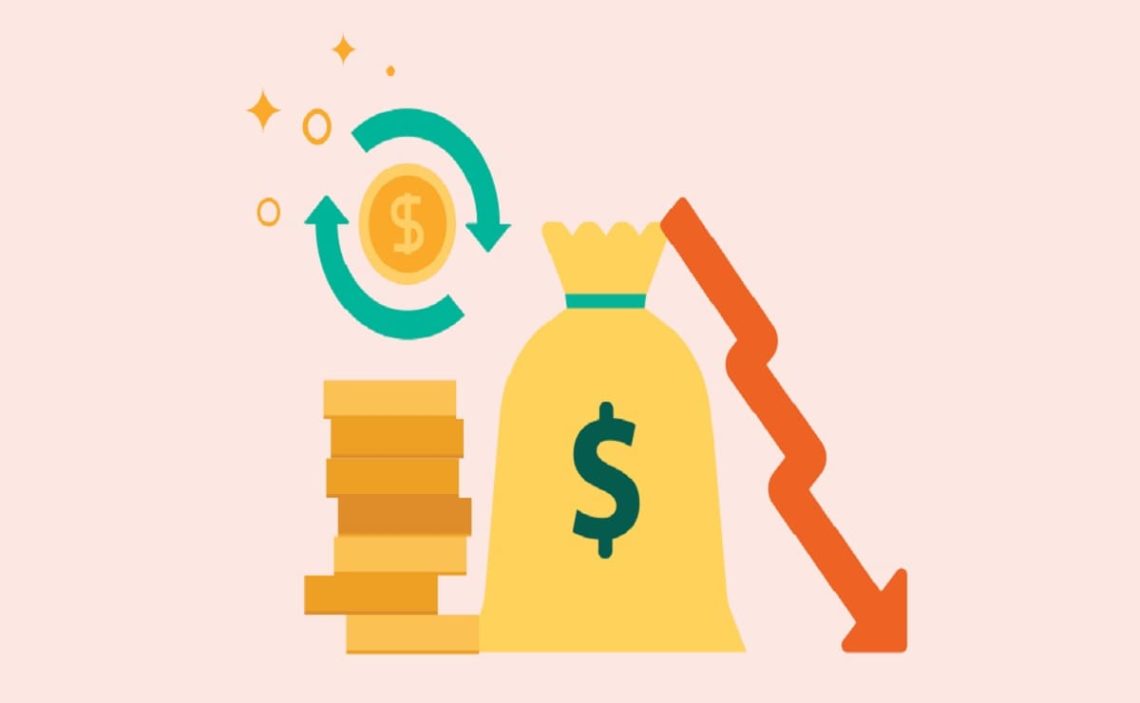Mortgages and general debts always lend a bankruptcy option. This means that you can file for bankruptcy when you can’t repay the debt, so you are not obligated to repay it because your financial status shows that you cannot.
However, even though it is an option that can help you end the financial relationship with mortgage lenders or other debts. This procedure is completely legal; however, filing for bankruptcy status can affect your credit score for the worse.
How does filing bankruptcy work?
Filing bankruptcy is not something you just announced. Bankruptcy is a legal proceeding that the federal bankruptcy courts must oversee. This process involves both the borrower and the creditors.
In this process, the client has to formally declare that they can no longer meet their debt obligations, so the court will absolve them of one or even all of their current debts if necessary. They may also be able to help pay a portion of the debt.
To become bankrupt, the client must have exhausted all financial options and demonstrate to the court that it is not economically feasible to meet their financial obligations.
The bankruptcy status will appear on a credit report for the next 7 to 10 years; once completed, it will not appear that you are in bankruptcy on your account statements. This will not allow you to open credit card accounts or get new loan agreements.
How to file bankruptcy for credit card debt?
There are two types of bankruptcy that you can file for if you can no longer pay your credit card debt. The bankruptcy status options are Chapter 7 and Chapter 13.
Chapter 7 Bankruptcy
This is known as straight bankruptcy; it is the most common when filing for bankruptcy because it represents a clean slate. With this bankruptcy, any existing debt will be eliminated under a legal order that exempts you from all debts.
Before being accepted, the federal court trustee must supervise the sale of any possible assets, although some are exempt from the mandatory sale. Exempt assets include cars, work tools, and basic household furnishings.
Any assets sold by the trustee will be used to pay creditors and reduce the debt, and with no assets available, the remainder of the debt will be eliminated by the court.
While it is true that you will be released from debt obligations, being in bankruptcy does not mean that the status will be maintained. The client must still meet liabilities such as alimony or child support if they have children and pay annual taxes.
It may seem like a good option to file a Chapter 7 bankruptcy, but you should be aware that this will have financial consequences. You will lose any property that can be sold to pay off part of the debt, and the bankruptcy information will remain on the credit report.
Having a credit history with a Chapter 7 bankruptcy means that you will not be able to open new credit accounts for as long as you are and even longer if the bank decides to reject the application.
If you re-file a debt, you cannot file for bankruptcy for the next eight years since you started the first process.
Chapter 13 Bankruptcy
Chapter 13 bankruptcy is not a clean slate like the previous case, but it can help you deal with your financial obligations. It will help you reorganize your debts, making them much more affordable to repay.
It works through a negotiation between the bankruptcy court and the attorney to generate a payment plan with the creditor of between 3 and 5 years. The negotiation may vary, but the client must commit to paying the debt in whole or part within this established time frame.
In addition, this type of bankruptcy helps you keep your assets without the need to sell them to pay part of the debt, as long as you commit to making a partial or total repayment of the money owed. Otherwise, you may have to sell your assets to fulfill the deal.
Once the established repayment plan has been paid, the bankruptcy status will be revoked.
Chapter 13 bankruptcy will appear on your credit report and affect your credit. However, it is not as serious. Having the opportunity to keep the assets will not affect your credit history as much.
The bankruptcy status in this option will disappear seven years from the start of the process, and if necessary, it can be filed again after two years.
How to rebuild credit after bankruptcy?
With any bankruptcy you choose, your credit will take a hit on your credit history, but that doesn’t mean all is lost. There are options to help you renew your credit after going through bankruptcy.
Monitor the credit
Since your credit score will go down, it is recommended that you track your progress on your credit report. Keeping track can help you understand how to address possible expenses that affect your credit score.
Always pay the bills on time
To earn credit points, paying bills on time is key – finance companies pay close attention to paying bills and taxes. Avoid having late payments because it can affect you more.
Get a Budget
A smart way to avoid debt is to create a budget. This will serve as a financial guide and start to control your finances so that you don’t spend money you do not have.
Consider a secured credit card
As you are coming out of bankruptcy, you may have trouble getting approved for a traditional credit card. Secured credit cards work similarly but require a deposit that acts as collateral for the credit account.
By using them wisely, i.e., maintaining a good balance and paying your monthly bills on time, you will build a positive credit history and apply for a traditional credit card if you want to.


